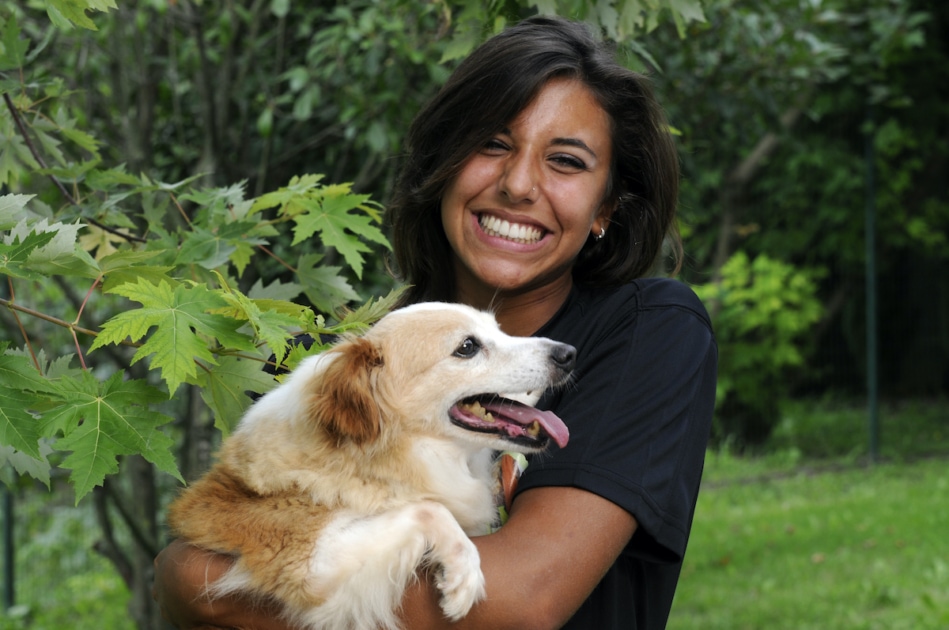Emergency Preparedness: Is Your Pet Safe?
Do you know what to do with your pet in the event of a hurricane or other natural disaster? What's in your pet emergency kit? Here are important tips to help keep your pet safe in the event of a weather disaster.

After the dramatic rescue of nearly 12,000 stranded pets during Hurricane Katrina, pet safety during disasters became a high priority. Whether the disaster is natural (hurricane, tornado, flood, blizzard, wildfire, earthquake, or mudslide) or man-made (house fire, gas leak, or hazardous material spill), if the situation becomes life-threatening, you and your animals may need to leave your home. Here’s how:
Be Ready to Evacuate Your Pets
“Be prepared. Have your family disaster plan done ahead of time. Know what you’re going to do and where you’re going to go,” urges Greg Stockton, American Red Cross Health and Safety expert.
No Pet Left Behind
- If you must evacuate during an emergency, remember the safest place for your pets is with you. Prepare a pet evacuation kit (keep reading) and place it in a safe spot.
- Evacuate early. Transporting and finding shelter for you and your pets will require extra time.
- Find animal-friendly accommodations in advance of a crisis. Some shelters will take pets, others won’t.
- Enlist a neighbor’s help. You may not be home or allowed to return home when disaster strikes. Make sure your neighbor knows where your evacuation kit is, where the pets might be, where their food is, etc.
- When a weather emergency is imminent, bring all pets inside. Animals may sense an approaching storm or change in the weather and seek out a favorite hiding spot. If you need to evacuate, confine animals in their carriers. You don’t want to be searching for your cat in the closet or your bunny under the bed during an emergency.
All Creatures Great and Small
To most people, “pet” means dog or cat. What about birds or fish? How about rabbits, ferrets, or hamsters? What if you have a farm with horses, goats, sheep, cattle, pigs, or ducks?
The American Veterinary Medical Association (AVMA) offers tips and detailed evacuation kit checklists for all types of domestic animals, including livestock.
ANIMAL EVACUATION KIT
Your pet evacuation kit should include:
• Tape or small luggage tags for emergency contact info
• List of places that board animals, with phone numbers
• Medical records
• Medications and instructions
• Leash, collar, and harness (if needed)
• Carrier
• Current photos of pet
• Veterinarian’s name, address, and phone number
• Pet’s allergies, if any
• Food and water
• Toys
• Bedding, if easily portable
• First aid kit
Story written by Farmers’ Almanac freelancer Lynn Jones.
This article was published by the staff at Farmers' Almanac. Do you have a question or an idea for an article? Contact us!






